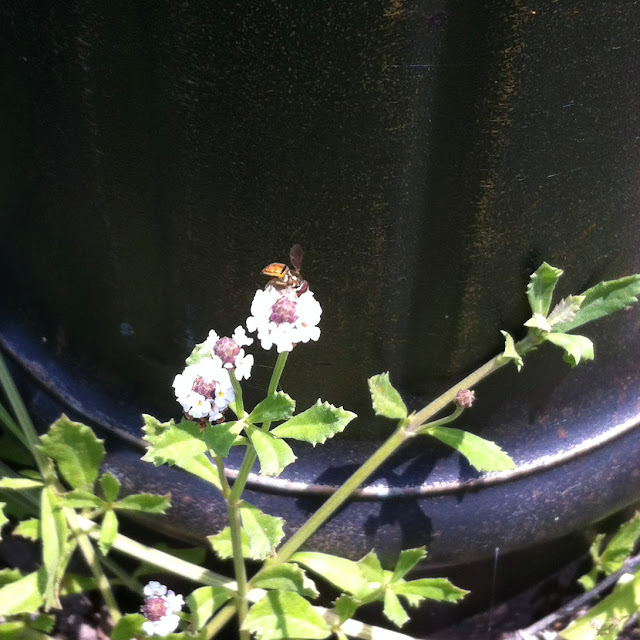First, trim the ends off the zucchini and shred it, either using a food processor or by hand. Being the lazy person I am, I used my food processor.
Next, measure the shredded zucchini into one-cup portions.
Place each portion in a sandwich bag.
Squeeze as much air out of the bag as you can with your hand.
Fold the bag over and squeeze more air out of the bag. Then, place the folded sandwich bag inside a freezer bag, like this. You can put several sandwich bags of zucchini in each freezer bag. Label and date the package and freeze.
There are lots of recipes for using grated zucchini. A quick search of the internet revealed squash patty recipes, Julia Child's zucchini sauteed with butter and shallots recipe, scrambled eggs with zucchini, a whole plethora of recipes on Pinterest and, of course, zucchini bread, zucchini cake and zucchini cookies!
So, don't let zucchini season get you down. You don't have to sneak around in the dark leaving your extra zucchini on your neighbor's doorstep. You now have an option that will allow you to enjoy your zucchini all year long.




















